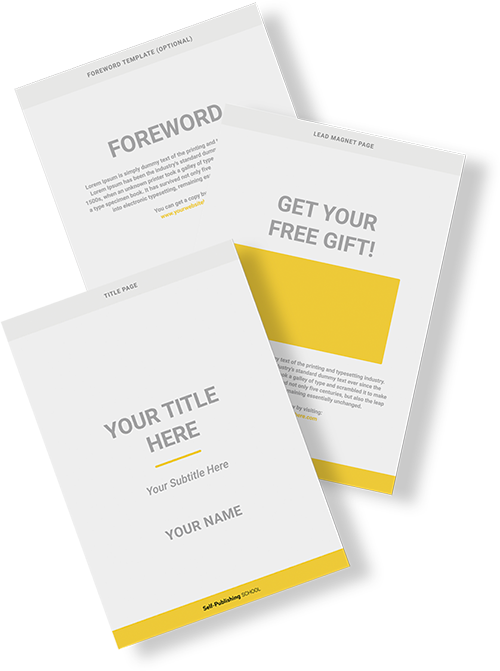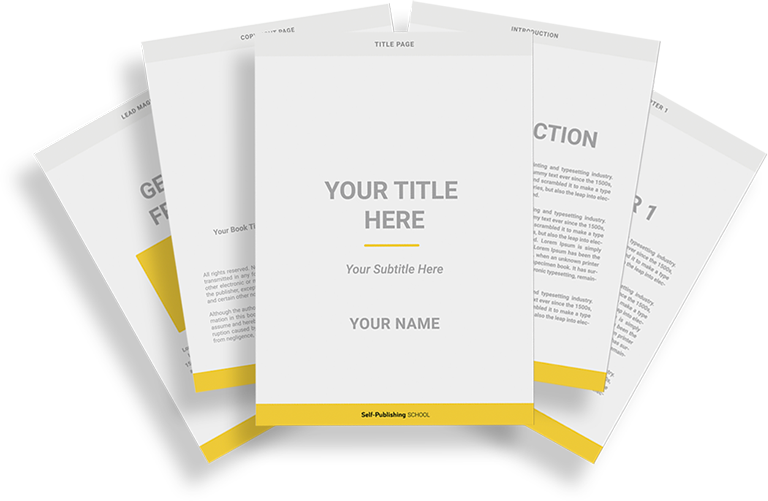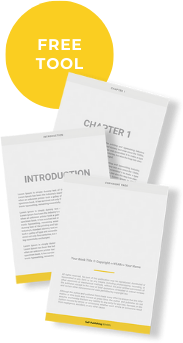In the realm of fiction, one storytelling technique stands out as a masterful way to keep readers on the edge of their seats: the cliffhanger.
A well-executed cliffhanger is a powerful tool that leaves readers yearning for resolution and eagerly anticipating the next installment or chapter. In this article, we will explore the various types of cliffhangers commonly employed in literature.
From the subtle and mysterious to the heart-stopping and dramatic, each type serves to build suspense, heighten tension, and ensure readers are captivated until the very last page.
This exploration of types of cliffhanger covers:
- Cliffhanger 1: The Enigma
- Cliffhanger 2: The Perilous Situation
- Cliffhanger 3: The Revelation
- Cliffhanger 4: The Romantic Tension
- Cliffhanger 5: The Foreshadowing
- Cliffhanger 6: The Unresolved Conflict
- Examples of different cliffhanger types
- Which type of cliffhanger suits your story?
Let’s get straight into the first type of cliffhanger.
Cliffhanger 1: The Enigma
One type of cliffhanger frequently utilized in fiction is the enigma.
This cliffhanger leaves readers with a lingering question, a puzzling mystery that demands to be solved. It may involve a mysterious character whose true identity or motives remain hidden. Alternatively, it could revolve around an unexplained event or a puzzling piece of information. By raising these questions and withholding answers, authors create a sense of intrigue that propels readers forward, eager to uncover the secrets and unravel the enigma.
Cliffhanger 2: The Perilous Situation
Another gripping type of cliffhanger is the perilous situation.
In this scenario, the protagonist finds themselves in a dire predicament, facing imminent danger or a seemingly insurmountable obstacle. The chapter or section ends abruptly, leaving readers in a state of suspense, unsure of how the character will escape or overcome their predicament. Will they survive? Will they find a solution? The unresolved tension drives readers to continue reading, desperate to discover the character’s fate and witness their triumph or downfall.
Cliffhanger 3: The Revelation
A cliffhanger that often leaves readers reeling is the revelation.
This type of cliffhanger occurs when a significant piece of information is unveiled, altering the course of the narrative and the characters’ understanding of the world they inhabit. It could be a shocking twist, a long-hidden secret, or a sudden revelation of a character’s true nature. By dropping this bombshell at the end of a section or chapter, authors create a jarring and impactful moment that lingers in readers’ minds, compelling them to seek answers and uncover the consequences of the revelation.
Cliffhanger 4: The Romantic Tension
Romantic tension is a captivating type of cliffhanger that keeps readers emotionally invested in the story.
It occurs when two characters are on the brink of confessing their love, sharing a passionate kiss, or taking a significant step forward in their relationship. However, just as the moment reaches its crescendo, the chapter concludes, leaving readers hanging and yearning for the resolution of their romantic entanglement. This type of cliffhanger ignites readers’ desire for a satisfying conclusion to the romantic subplot, making them eagerly turn the pages to witness the characters’ ultimate union or heart-wrenching separation.
Cliffhanger 5: The Foreshadowing
Foreshadowing is a subtle yet powerful technique employed in cliffhangers.
Authors drop hints and clues throughout the narrative, teasing future events without revealing their full impact. These hints create an air of anticipation and unease, signaling that something significant is on the horizon. By ending a chapter or section at a critical moment where foreshadowing is at its peak, authors leave readers hungry for answers, driving them to continue reading to uncover the full implications of the foreshadowed events.
Cliffhanger 6: The Unresolved Conflict
The unresolved conflict cliffhanger occurs when a major conflict or confrontation remains unresolved at the end of a chapter or section.
It could involve a tense battle, a heated argument, or a rivalry between characters that hangs in the balance. By haltong the narrative at the height of the conflict, authors create a suspenseful cliffhanger that leaves readers eagerly anticipating the resolution. They are left to wonder who will emerge victorious, how the conflict will be resolved, and what the consequences of the outcome will be. This type of cliffhanger fuels readers’ curiosity and investment in the story, compelling them to continue reading in order to witness the climactic resolution of the conflict.
Examples of different cliffhanger types
Now we have established exactly what a cliffhanger is, as well as all of the different variantions writers can use, let’s take a look at some of the most famous and notable examples which have left readers on the edge of their seats, eagerly yearning for resolution.
One such example is the conclusion of J.R.R. Tolkien’s “The Fellowship of the Ring,” where Frodo and Sam find themselves trapped in the depths of Cirith Ungol, with the treacherous Gollum scheming in their midst. The fate of these beloved characters hangs in the balance, leaving readers desperate to know if they will escape the clutches of evil.
Another iconic cliffhanger occurs in Arthur Conan Doyle’s “The Final Problem,” as Sherlock Holmes and his arch-nemesis, Professor Moriarty, engage in a deadly struggle at Reichenbach Falls. The story ends with their apparent plunge to their deaths, leaving readers in shock and disbelief. Years later, the resolution came in “The Adventure of the Empty House,” revealing Holmes’ survival.
Finally, George R.R. Martin’s “A Storm of Swords” delivers a jaw-dropping cliffhanger with the infamous Red Wedding. The brutal massacre leaves readers stunned and craving answers about the fate of their favorite characters.
These examples illustrate the power of cliffhangers to captivate readers and ensure that stories resonate long after the final page.
Which type of cliffhanger suits your story?
Cliffhangers are a powerful literary tool that authors utilize to engage readers, build suspense, and keep them eagerly turning the pages.
Whether through enigmas, perilous situations, revelations, romantic tension, foreshadowing, or unresolved conflicts, cliffhangers leave readers yearning for more, unable to resist the pull of the narrative. By skillfully crafting these cliffhangers, authors ensure that their stories remain ingrained in readers’ minds long after they have finished reading.
As readers, we are drawn to the thrill of the unknown, the anticipation of resolution, and the desire to uncover the secrets and fates of the characters we have grown attached to.
Cliffhangers provide us with that tantalizing promise, leaving us hanging on the precipice of narrative revelation. They keep us engaged, emotionally invested, and eagerly awaiting the next chapter, book, or installment.
So, the next time you find yourself engrossed in writing your gripping novel or work of fiction, pay attention to the clever deployment of cliffhangers. Appreciate the way they manipulate your emotions, ignite your curiosity, and leave you craving more.
The art of crafting a compelling cliffhanger is a testament to the skill and creativity of authors who understand the power of suspense and the allure of the unknown.
Embrace the exhilarating ride of a well-executed cliffhanger, for it is a testament to the magic of storytelling and the endless possibilities that lie within the pages of a book.


Book Outline Generator
Choose your Fiction or Nonfiction book type below to get your free chapter by chapter outline!
Book Outline Generator
Enter your details below and get your pre-formatted outline in your inbox and start writing today!
CONGRATULATIONS
Thanks for submitting! Check your email for your book outline template.
In the meantime, check out our Book Outline Challenge.
